TRCP’s “In the Arena” series highlights the individual voices of hunters and anglers who, as Theodore Roosevelt so famously said, strive valiantly in the worthy cause of conservation.
Rachel Smiley
Hometown: Laramie, Wyoming
Occupation: Graduate Student
Conservation credentials: Working on her PhD on the interface between disease and nutrition in bighorn sheep
Growing up in Connecticut, Rachel Smiley never imagined that she would one day become a hunter. But a college course on wildlife biology put things in a new light and instilled an interest in acquiring her own game meat. Now a graduate student with the Monteith Shop research group at the University of Wyoming, Smiley studies wildlife ecology and has become a proud hunter.
Her observations about the information gap between hunters and nonhunters highlight one way that conservationists can expand our ranks and recruit new sportsmen and sportswomen.
This is her story.
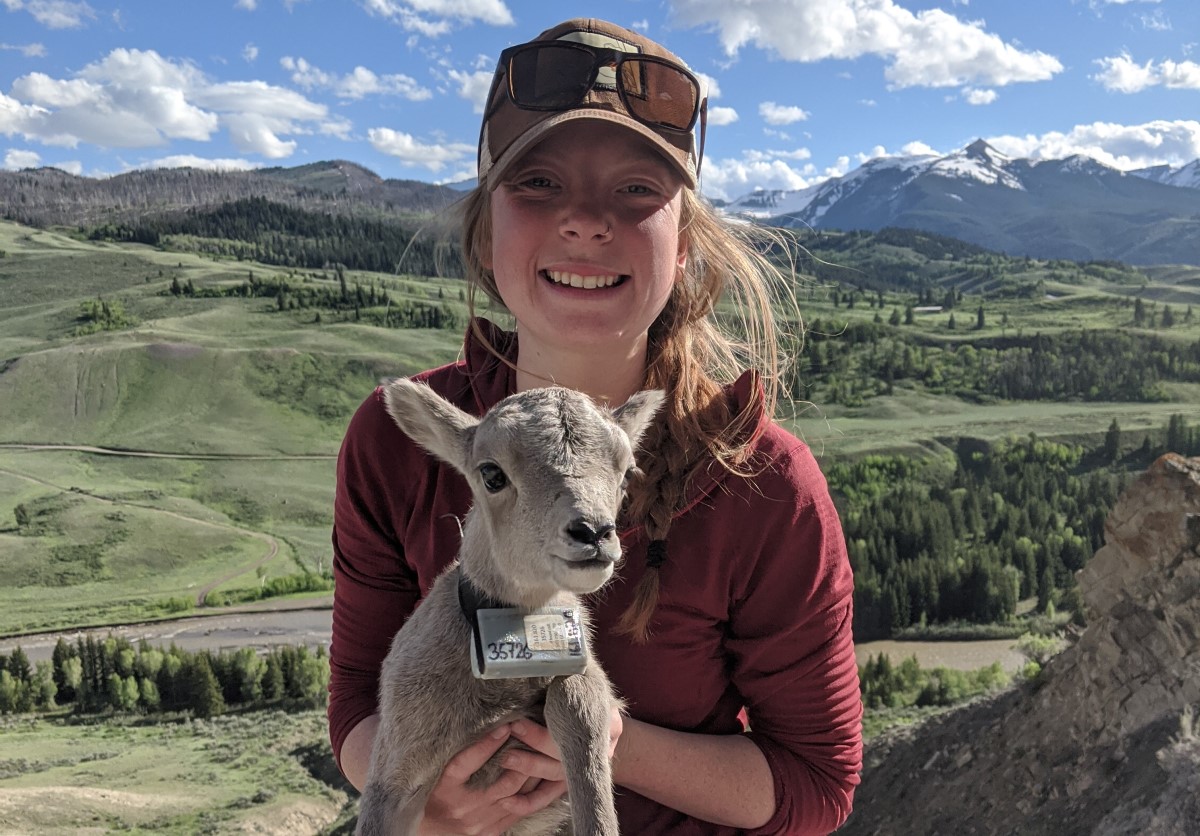
I was 24 years old when I harvested my first animal – a white-tailed deer in northwest Wyoming. I sat with a doe in my sights for what felt like hours. Tall grass concealed me as I lay prone, mentally preparing myself to pull the trigger. Thankfully, the deer stayed broadside the whole time I contemplated the shot, just 50 yards away.
Shooting was the only part that made me nervous. I’d been researching ungulates—hoofed animals, like deer and elk—for a few years, so the other steps in the process came naturally to me: I’d tracked and stalked hundreds of animals and cut open plenty of dead deer and bighorn sheep to determine the cause of death. But, I’d never purposely killed an animal, and I never would have imagined that I’d become a hunter. As I sat silently, I reminded myself why I wanted to kill this deer.
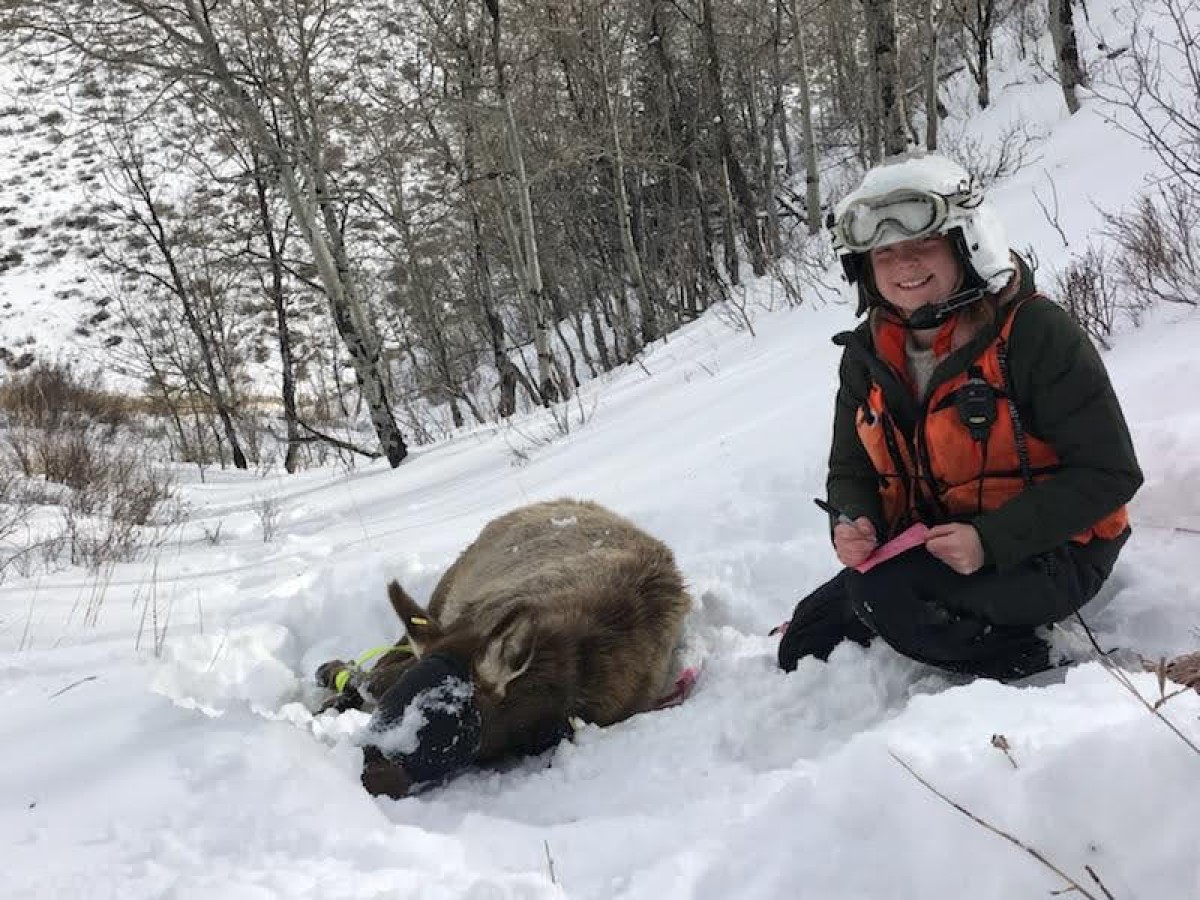
For a long time, I was very opposed to hunting. Growing up, I didn’t know many hunters, but I didn’t think that was necessary to understand hunting. To me, things seemed simple enough: I loved animals and thought a sport centered around killing them was heartless. The widespread stereotype of the sloppy hunter was prominent in my mind, and I had heard urban legends of stray bullets hitting people, so I’d avoid the trailheads with lots of trucks and orange during hunting season. Complementary to my opposition to hunting was a vegetarian lifestyle that I adopted late in my teenage years. Eating meat was unnecessary, unsustainable, and an industry that I did not want to support.
So much of what is obvious to sportsmen and sportswomen about hunting never occurs to those who didn’t grow up around it, and my acceptance of hunting happened quickly once I learned more. Unexpectedly, a wildlife management class in college changed my thinking. I was exposed to fundamental concepts that I had never known or considered before.
I hadn’t realized that most of the funding for conservation comes from license fees and taxes on ammunition. For the first time, I began to consider how game meat offers a sustainable food source. I learned how deer overpopulation in some towns in the northeast was dealt with by sharp shooters, because there were not enough people hunting to keep deer numbers at a level that would prevent them from having a negative impact on the rest of the ecosystem.
With this new knowledge, I decided I would be okay with adding game meat to my otherwise vegetarian diet. At the time, I didn’t know many hunters, so the opportunity to eat game meat rarely arose. It took some internal debate and a couple of years to decide that if I was going to eat game meat, I should also be able to harvest it myself.
The possibility of becoming a hunter remained a hypothetical interest, until I moved to the West to pursue wildlife technician jobs and eventually a graduate degree in wildlife management at the University of Wyoming. Many of the people I met were hunters, and I tagged along with several, hoping I could help carry out the meat and become familiar with the process. An opportunity to hunt for myself came about on a lab retreat with my research group, the Monteith Shop. I was excited for the opportunity and overwhelmed with the possibility of turning my desire to hunt into reality.
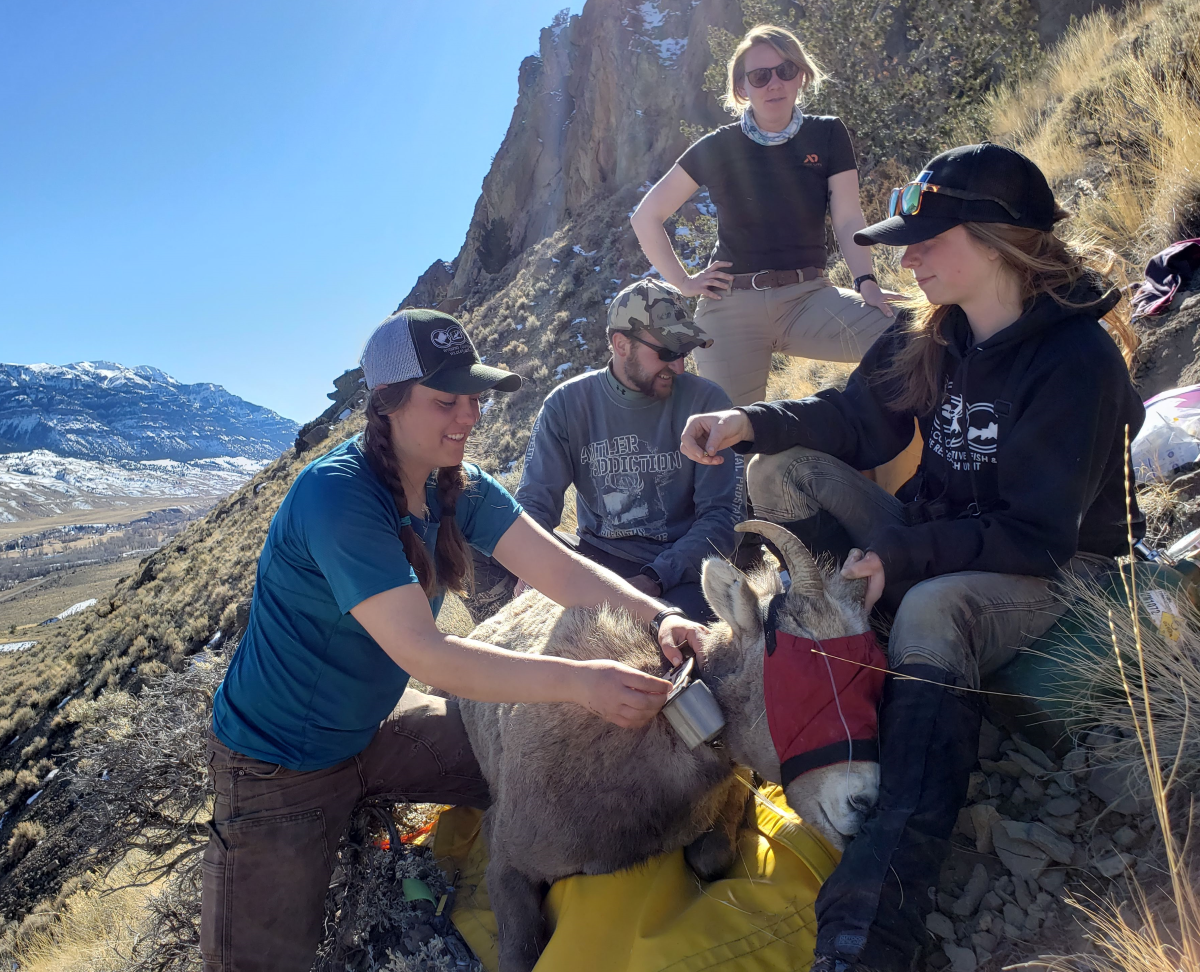
With the whitetail in my scope, I was hyper-focused on the animal in front of me, but in the background, my thoughts replayed the change in my relationship to hunting over the past five years. I ignored the thought that my past self would be disappointed. Instead, I worried that I would make a bad shot (though I had practiced enough to know I wouldn’t). I wondered if I would feel sadness, guilt, or remorse if I did kill the deer.
Still, I was determined to push through the crux of this personal journey. I controlled my breathing and squeezed the trigger. I hit the deer in the vitals, it ran about ten yards, and fell to the ground. After a few seconds of not knowing what to feel, I was overcome with pride.
Since that first hunt, I’ve hunted pronghorn and elk and embraced this new aspect of my identity. I’m filled with pride and satisfaction whenever I open my full freezer, and I happily share the stories of my hunts when I make dinner with the meat I’ve processed. Without fail, my friends and family who knew me as a vegetarian are always shocked to learn I’ve taken up this sport.
My own personal story and numerous conversations with others tell me that the recruitment of new hunters doesn’t need to be an uphill battle. Perhaps most importantly, my experiences illustrate that we can’t take for granted that nonhunters understand what exactly it is that we do each fall, and we need to think carefully about the messages we’re sending. I encourage all sportsmen and sportswomen to be open-minded about what a hunter looks like and who might come to appreciate all that hunting has to offer.
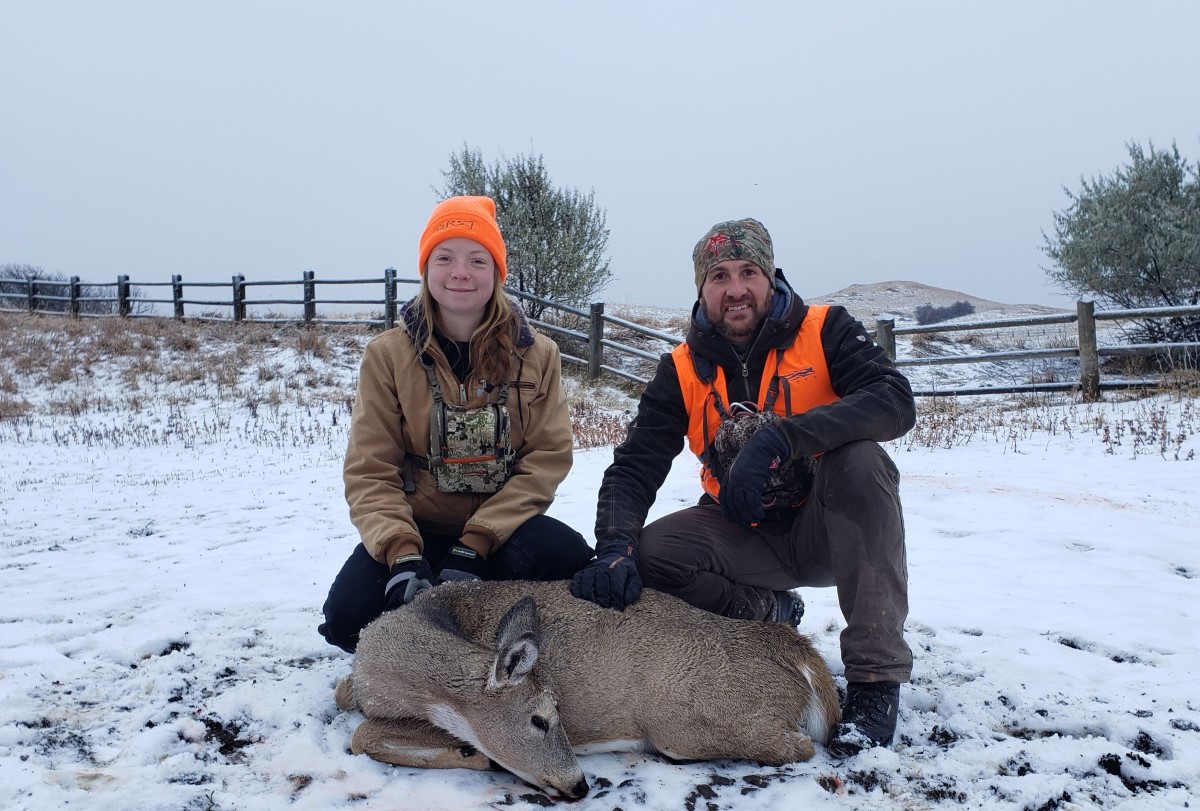
Expanding hunter participation will require that we communicate what it is that we love about it. For me, this includes watching animals undisturbed, trying to understand their behaviors and anticipate their next movements, using the landscape to our advantage while stalking in close, and savoring the opportunity to eat the most locally sourced meat possible.
It’s also important that prospective hunters understand they don’t have to be perfectly comfortable with the idea of taking an animal’s life. Some in our community casually use terms like “killer” and “slayer” in jest and as a compliment, which still makes me uncomfortable. And if this type of language is off-putting to someone like me, it no doubt alienates nonhunters who are left with the wrong impression of what we find appealing about the sport.
Tree-hugging vegetarians might not be the easiest of recruits, but—with informed dialogue, generous mentors, and thoughtful messaging—they can be convinced. I’m living proof.

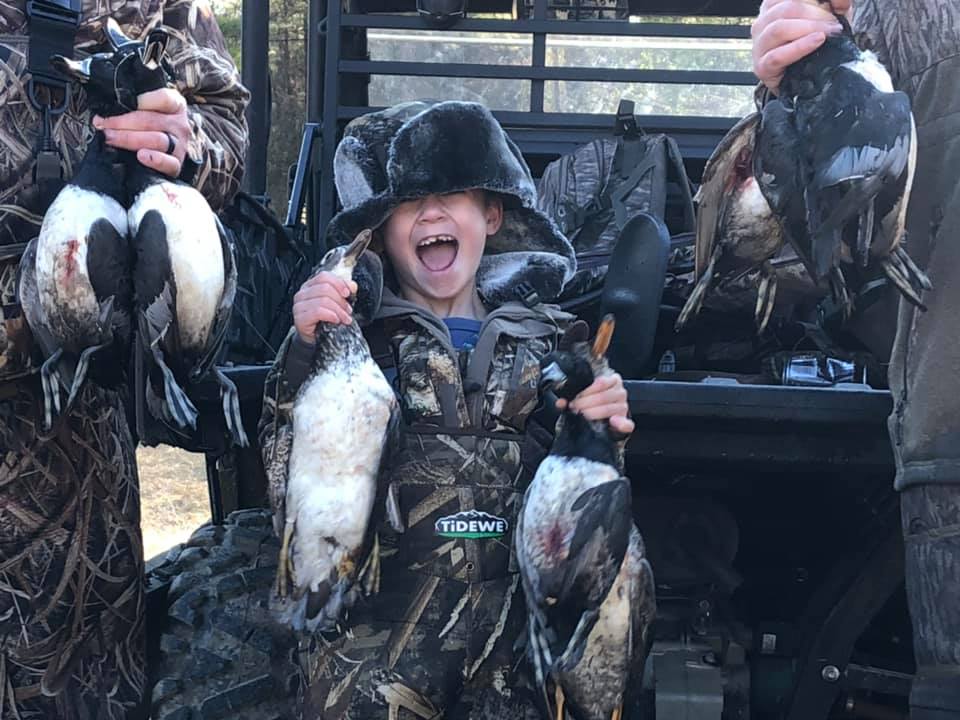
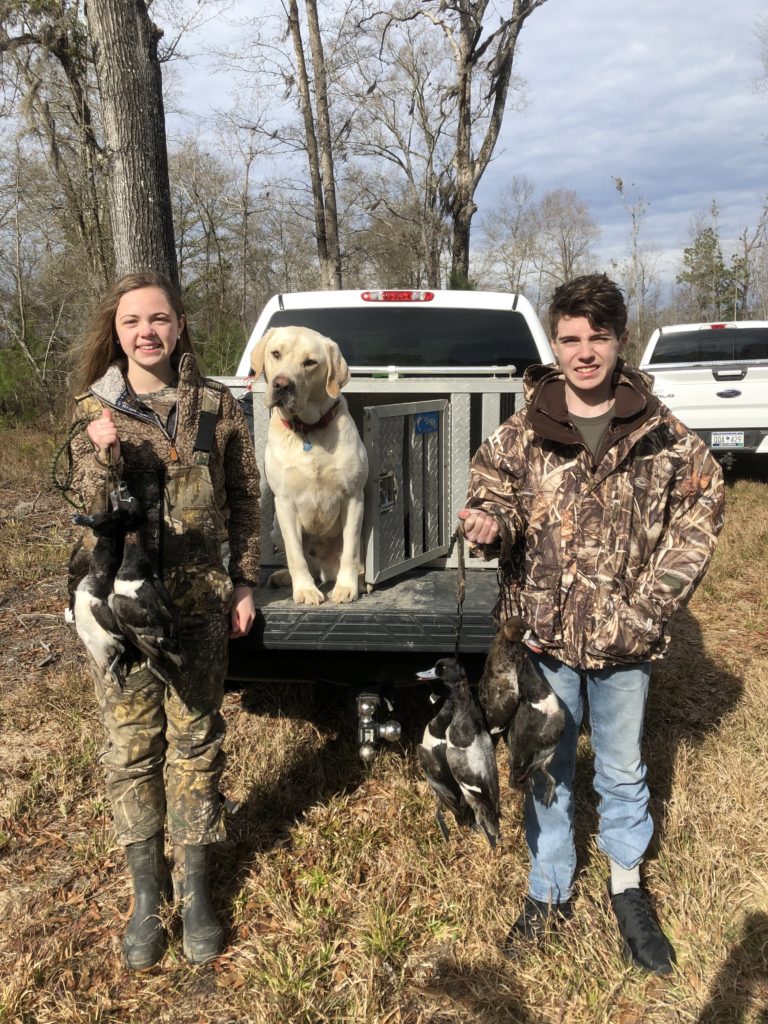
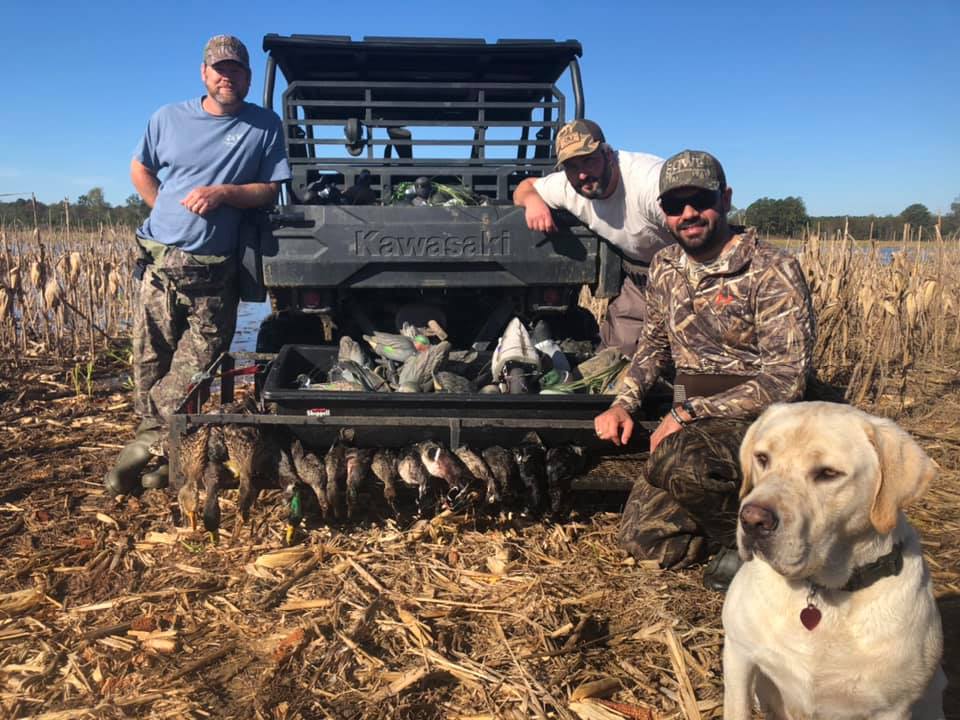
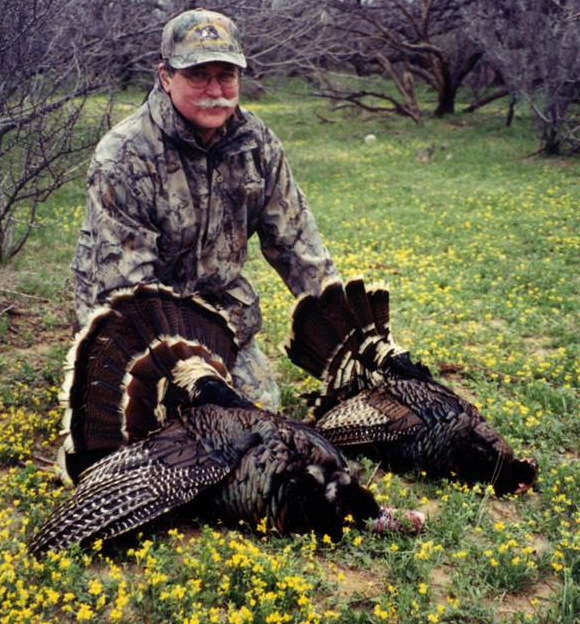

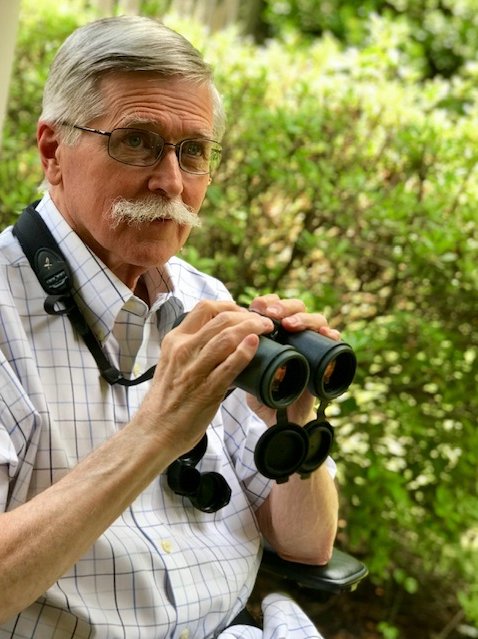
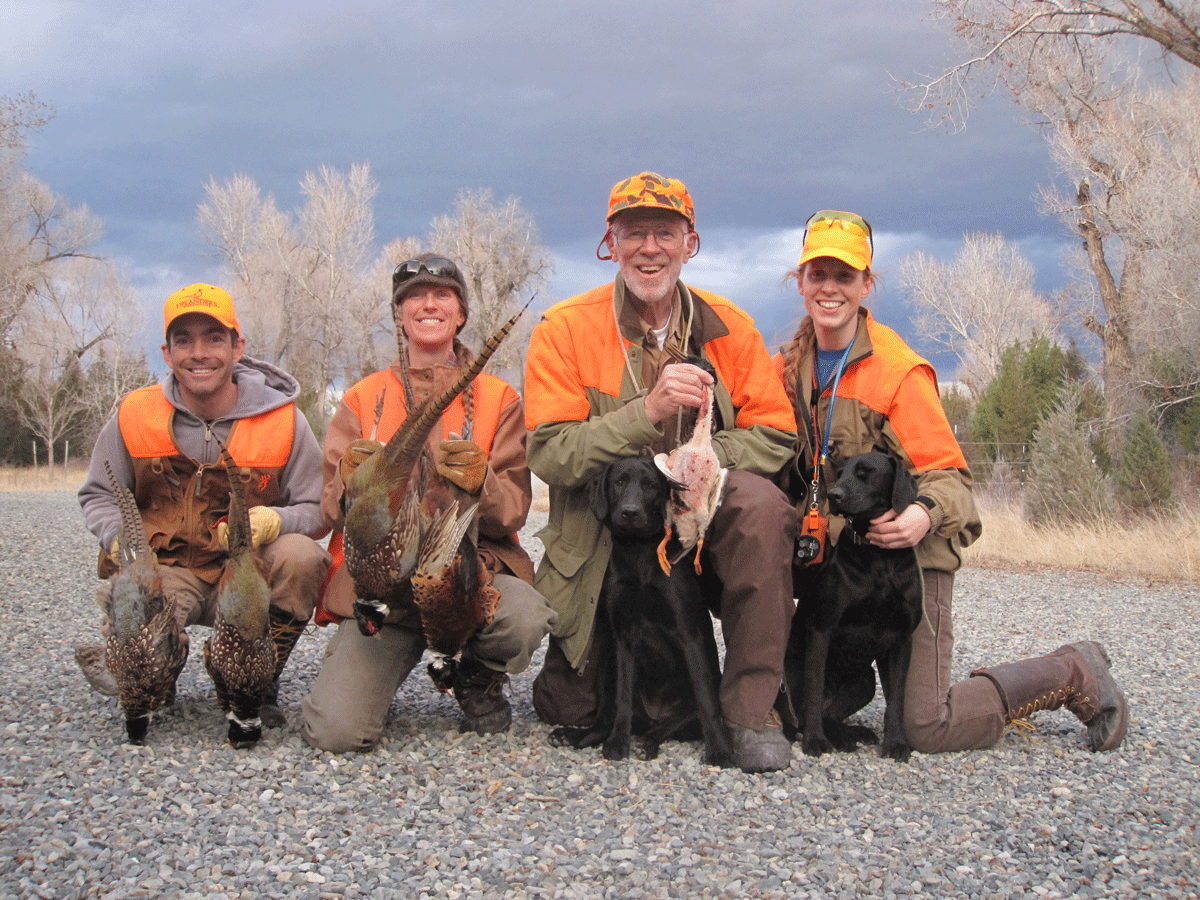
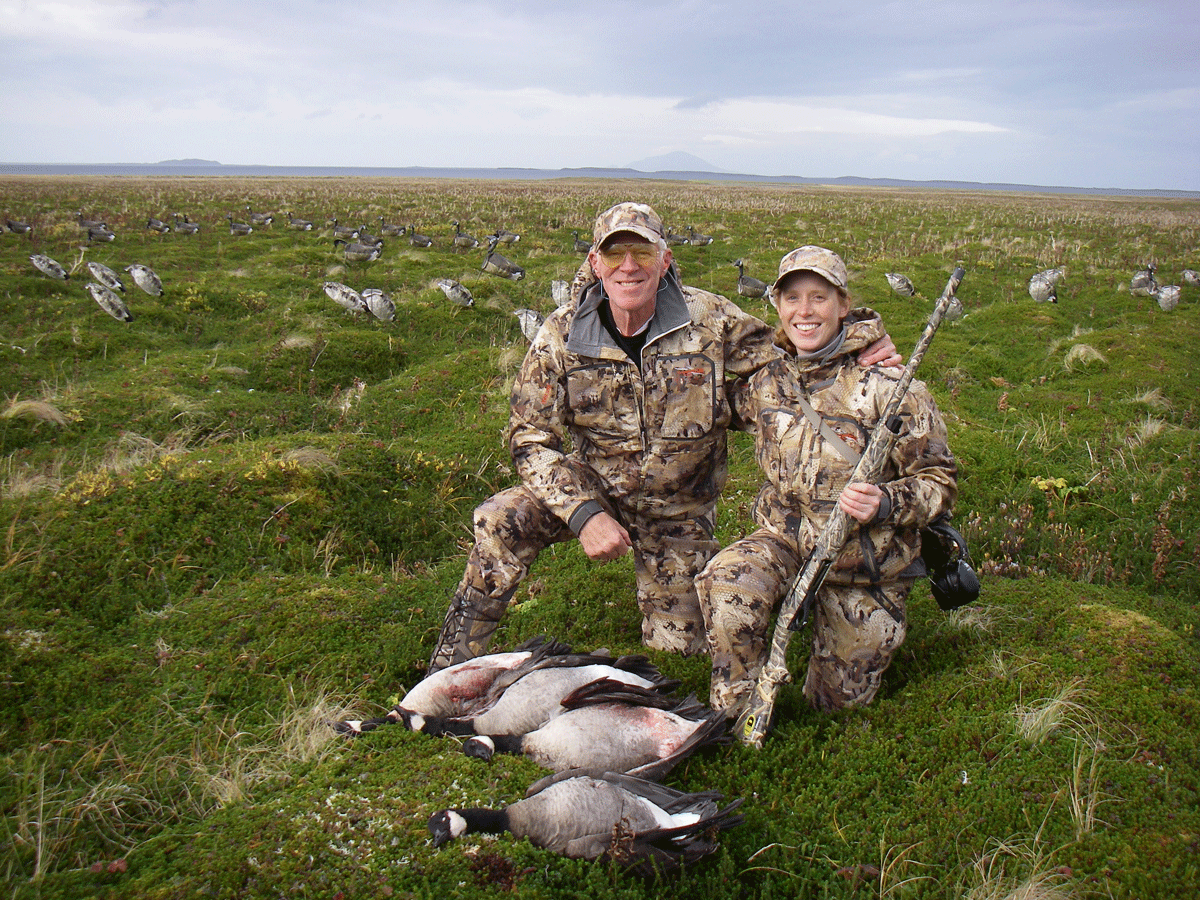
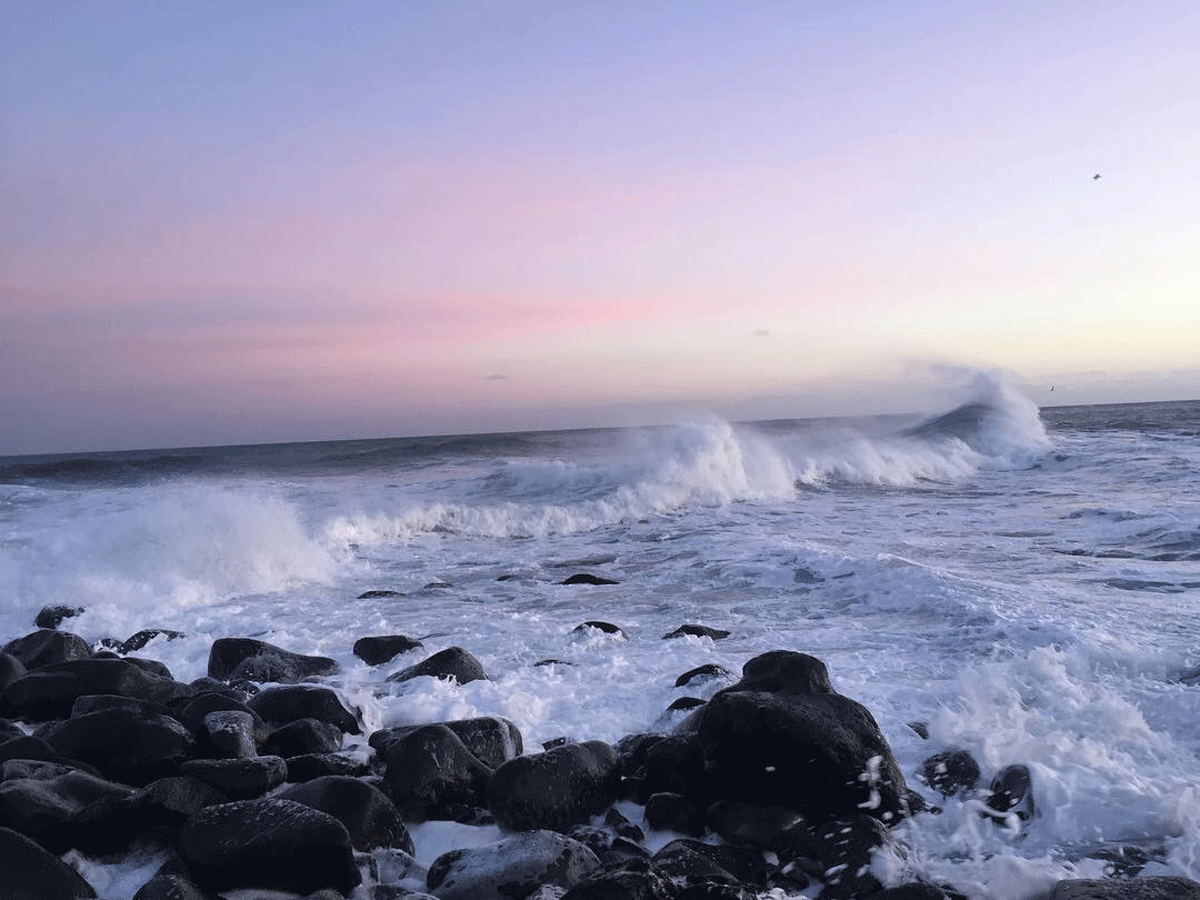
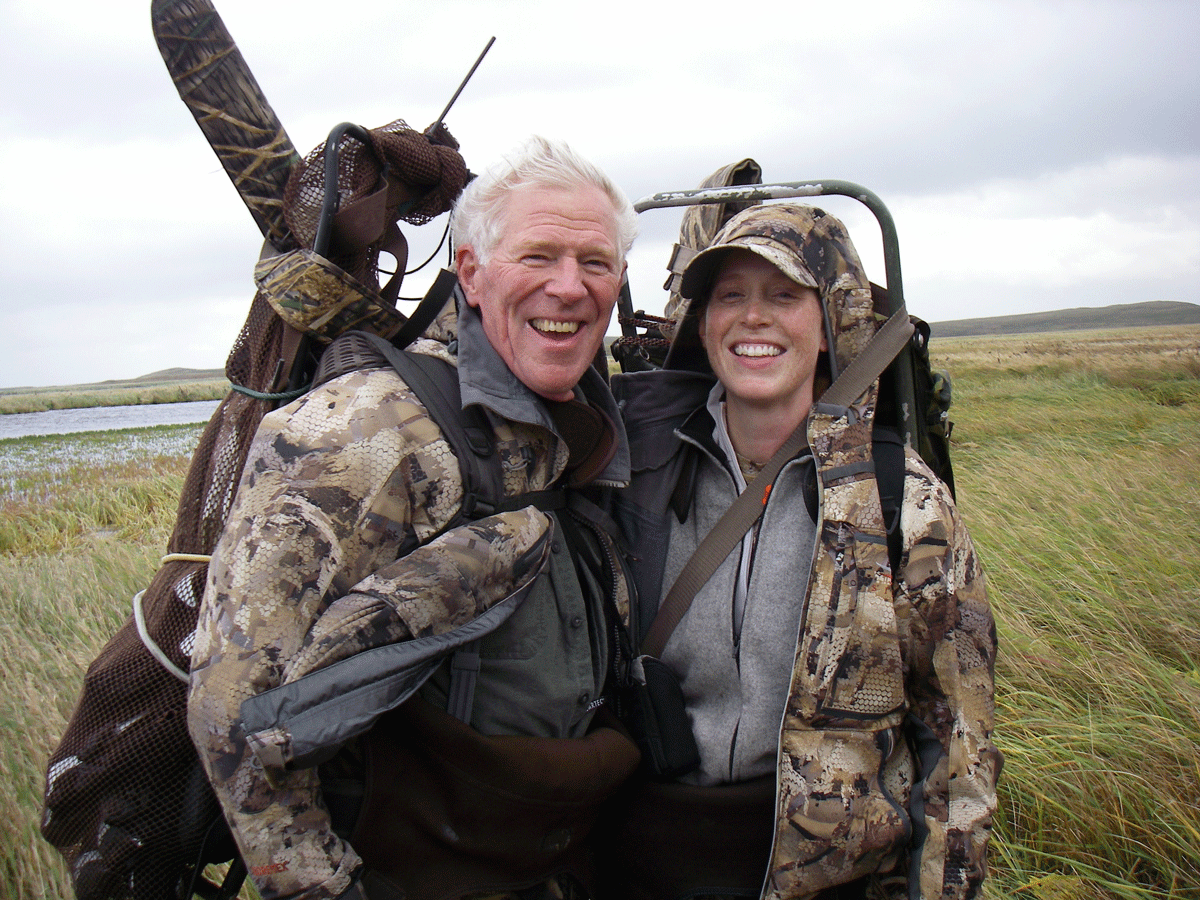
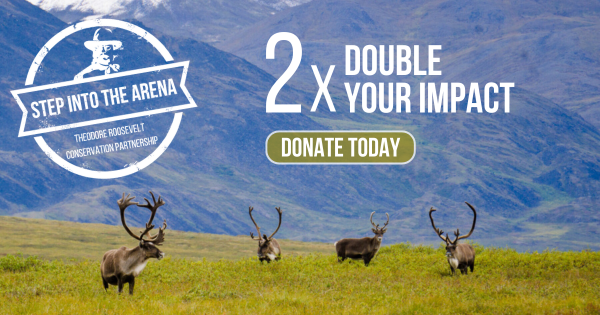



Rachel – Great story and right on target. You have always been my hero from the first time I met you. Happy Trails, Tory.
What a great story and good on you to make that move and harvest your own organic meat. 98% of my family’s meat we eat, is from the animals we harvest. Stay the course and thank you for all your hard work in the field and sharing your story. I loved when you said you “were overcome with pride”, we all as hunters know exactly how your felt.